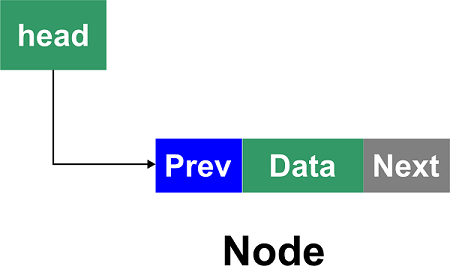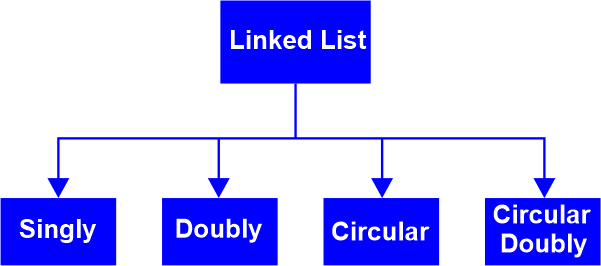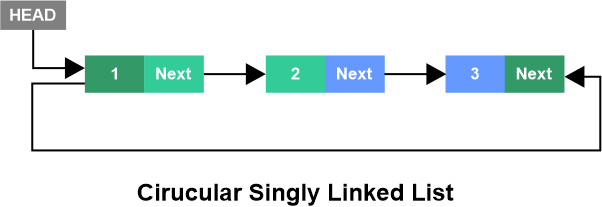Advantages and Disadvantages of Doubly Linked ListFinding effective ways to organize huge amounts of data is essential to save memory and time. Your interview preparation will benefit from mastering these ideas, as data structure is among the most crucial subjects. One such necessary data structure concept is a linked list. Just like an array, a linked list is a linear data structure. Links between the items of a linked list are made through pointers, unlike the storage of elements in an array, which is done at a centralized location. They consist of several interconnected nodes; here, each node keeps the data and address of the subsequent node. 
Types of Linked Lists

1. Singly Linked ListsThe members of a singly linked list can only be traversed from head to tail, making it a unidirectional list. We can carry out several operations on a singly linked list, including list traversal and element searching. 
Additionally, we may insert elements into a single linked list at certain locations, such as the head, tail, or middle. Deletion operations on a single-linked list include deleting at the head, tail, or a specific place. 2. Circular Linked ListsA circular linked list is a modified variant of a single linked list. The last element in a singly linked list points to null; however, in a circular list, the last elements point to the initial element once again. We can carry out several actions on a circular linked list, including list traversal and element searching. 
Additionally, we may insert elements into a circular linked list at the head, the tail, or a specific location. Deletion actions on a circular linked list include deleting at the head, the tail, or a particular location. 3. Doubly Circular Linked ListA Doubly Circular linked list, also known as a circular two-way linked list, is a more complicated linked list that includes a pointer to both the following and the preceding node in the sequence. 
The comparison between a singly & circular linked list is similar to that of a doubly & circular doubly linked list. There is no null in the previous field of the first node of the circular doubly linked list. 4. Doubly linked listsDoubly Linked Lists are a type of Linked List in which easy navigation is allowed forward and backwards compared to Single Linked Lists. A bi-directional list called a doubly linked list will enable entries to be traversed both from head to tail & from tail to head. Key terms for understanding a doubly linked list concept:
Representation of a Doubly Linked List
Some significant points to keep in mind are:
Operations on Doubly Linked ListsWe may carry out the following operations on a doubly linked list:
Insertion The insertion operation in a doubly linked list can be carried out by:
Deletion The deletion operation in a doubly linked list can be carried out by:
Advantages of Doubly Linked List
Disadvantages of Doubly Linked List
Uses of Doubly Linked List
|
 For Videos Join Our Youtube Channel: Join Now
For Videos Join Our Youtube Channel: Join Now
Feedback
- Send your Feedback to [email protected]
Help Others, Please Share










